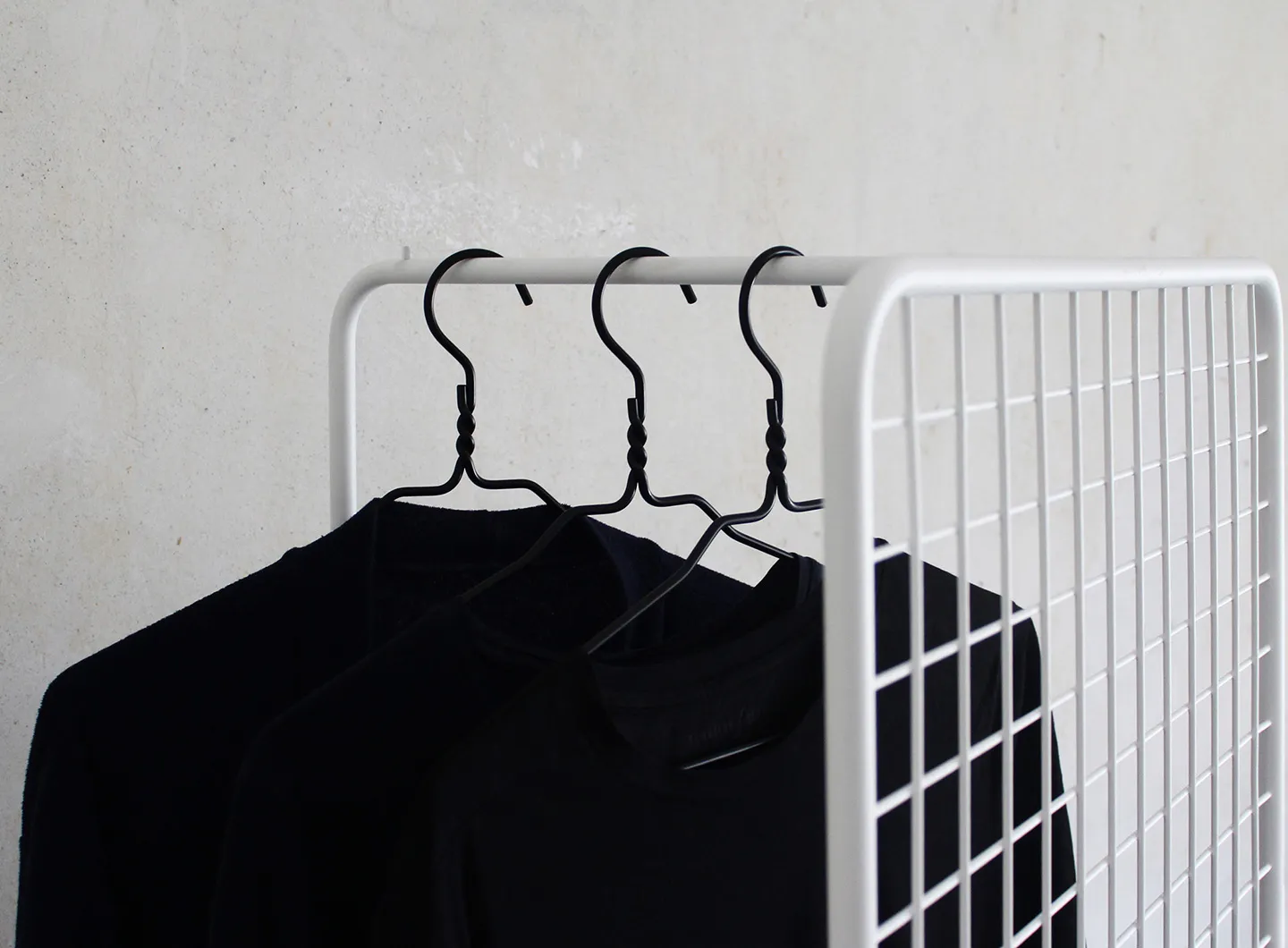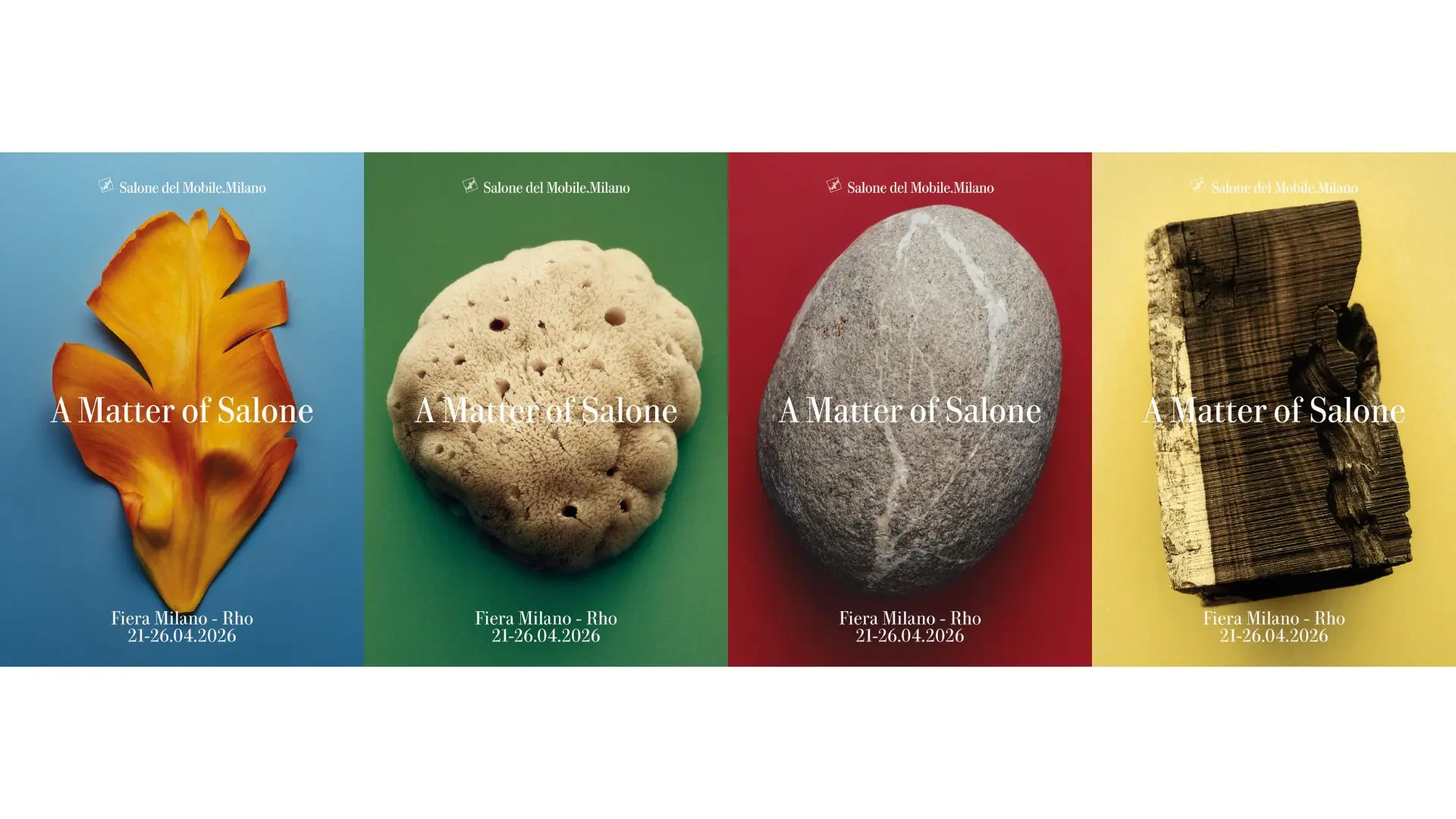From a reflection on humans to matter as meaning: the new Salone communication campaign explores the physical and symbolic origins of design, a visual narration made up of different perspectives, united by a common idea of transformation and genesis

The German designer Thomas Schnur delves deeply into the meaning of everyday objects and their role in our daily lives. Whether we like them or not.
Simple does not necessarily mean easy, and he wasn’t the first to point this out, but this affirmation perfectly encapsulates Thomas Schnur’s (1983) approach to design. It is the study of detail that makes his work stand out, and makes one appreciate the expressive clarity of anonymous objects, which aren’t really quite so anonymous after all.
When I started working as a designer I was mainly interested in the transformation of anonymous everyday objects. For example, I transformed a plunger into a table (Rubber Table) and extended one half of a white plastic chair into a bench (Bench Chair). With the Common Things exhibition and book I have laid open my work to the public.
The Super Normal book and exhibition contain design items and anonymous objects representative of good everyday objects seen through the eyes of Naoto Fukasawa and Jasper Morrison.
In the Common Things book, I selected items that represent the industrialised world in which we live. They are part of our life, regardless of whether we like them or not. Objects that have become stereotypes for specific functions, due to their technical efficiency and to global trade.
Take the Gravity Rack. The idea was born when I had to find somewhere to put my clothes. I used an old broomstick, two wooden sticks, some hooks and a cord to make a spur-of-the-moment coat rack.
As a young designer you are always faced with many new tasks and materials. Trial and error in combination with building knowledge is certainly a good way of extending one’s personal approach to work.
It all depends on personality and personal goals. SaloneSatellite is certainly a good place for making contact with the design furniture industry.
The GRUND + SCHNUR exhibition was a comparative show of our current work. The exhibition was an ongoing dialogue between Klemens and me, which began a year ago with a conversation in a park. We were talking about our backgrounds, why and how we came to our profession as designers. Our approaches are very different, but the results of our furniture designs have something in common.

Salone 2025 Report: The Numbers of a Global Event
Data, analyses, and economic, urban, and cultural impacts. The second edition of Salone del Mobile’s “Milan Design (Eco) System” Annual Report takes stock of a unique event and consolidates the fair’s role as the driving force behind Milan as the international capital of design


12 books to place under the tree or give as a gift. Conveying discoveries, insights and visions
A journey through women’s interior design, three iconic monographs and the links between design, photography and marketing, up to the transformation of Jeddah, social innovation and a reportage by Branzi and... 50 designers on the sofa



 Stories
Stories
















